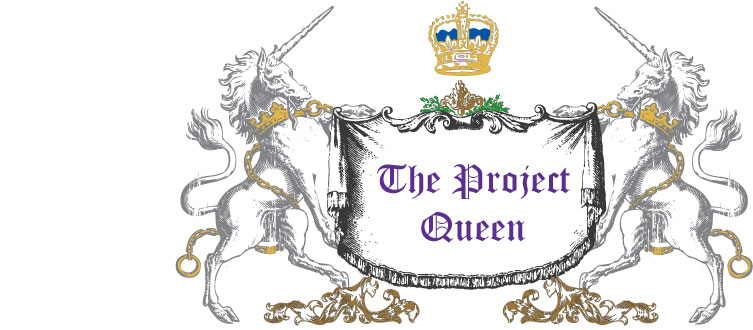Tamora, David Austin English Rose. Her colors are deeper in cool temperatures.
I took these photos a month ago when we had “winter”. Coming from a northern climate where everything is seemingly covered with snow for 6 months (ok, five), having flowers blooming in January is still an outright miracle to me, especially since roses are considered the queens of the summer garden.
When it comes to flower gardens, roses are my first love. If it’s a hereditary trait I probably got it from my paternal grandmother. She loved gardening and roses in particular. I started growing roses myself while in my mid-twenties. When I was younger I thought it was kind of cool to have something in common with Grandma. Now their fragrance reminds me of a gentle, generous lady. She was the kind of person a grand-daughter should emulate.
Once hooked on roses, it’s a species of plant you never abandon, even if you only have room for a potted miniature. Roses come in so many sizes and forms, with hardly any scent to a perfume that knocks you off your feet from 10 feet away. And even though they basically come in 4 different colors: white, yellow, orange and red; they manage to have an infinite variety of colors and patterns. Some are fussy prima donnas requiring lots of pampering from the gardener. Others have lived on abandoned homesteads for decades and are quite happy left to their own devices. So, regardless of the kind of gardener you are or aren’t, chances are a rose exists that will suit you. They certainly have some magical property that appeals to most of humanity. Historians agree that mankind’s love affair with the rose has been with us at least since the development of civilization.
The Project Queen
La France, classed as the first Hybrid Tea. The bush was introduced in 1867.
My rose is the climbing sport. It was introduced in 1893.
She doesn't have many leaves right now, but she's blooming anyway.
Mostly at the top of 12 ft. canes.



No comments:
Post a Comment